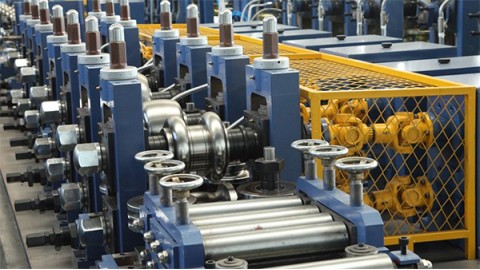Organic chemicals methylene chloride is an organic compound with the chemical formula CH2Cl2, which is a colorless and transparent liquid with a pungent odor similar to ether. Slightly soluble in water, soluble in ethanol and ether, it is a non-flammable low-boiling point solvent under normal use conditions, and when its vapor becomes high concentration in high-temperature air, a weakly flammable mixed gas will be formed, which is often used to replace flammable Petroleum ether, ether, etc.
At present, the treatment methods of organic chemicals methylene chloride waste gas mainly include condensation method, absorption method, incineration method and adsorption method. The condensation method is suitable for low air volume, high concentration exhaust gas, and the condensation temperature is 70 ° C, which is less economical. The absorption method is suitable for substances with high water solubility, while dichloromethane is a pollutant with poor water solubility and strong volatility, and the treatment efficiency of the absorption method is very low. If other organic solvents are used for the absorption treatment, the consumption of the absorbent will be large. , It is difficult to separate the components after absorption, and the overall cost is relatively high.
Incineration is a potential treatment method for organic waste gas treatment at present, but the chlorine element in organic chemicals methylene chloride, high-temperature incineration process is likely to produce highly harmful dioxins and other substances. Due to its non-degradable nature, the biodegradation method is not applicable. The adsorption method is mainly to select suitable adsorbents for different substances, with high removal efficiency and good applicability, and is currently the most suitable technology for the treatment of methylene chloride waste gas. The effect is poor, the recovery rate is low, and secondary pollution is likely to occur, while the molecular sieve has poor adsorption effect on substances with poor polarity.




